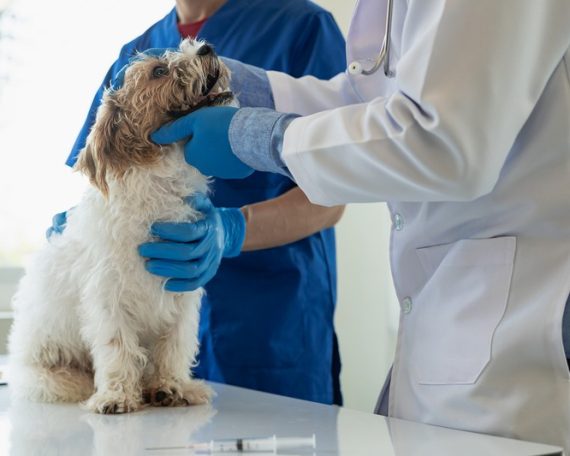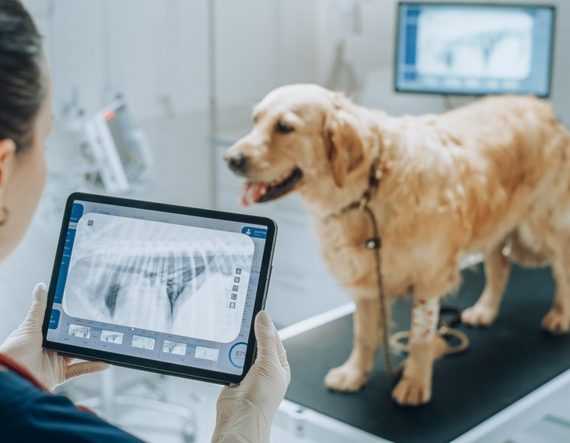How Do Reliable Labs Ensure My Pet’s Safety During Procedures?
Pet lovers see their furry friends as family, prioritizing their safety during medical procedures. Reliable laboratories are crucial in ensuring pets’ well-being during diagnostics and treatments. This article explores behind-the-scenes practices in these labs, highlighting how they maintain pet safety from arrival until they return home. Understanding these standards emphasizes why selecting a trustworthy lab is vital for peace of mind.
Ensuring Pet Safety in Veterinary Labs
When it comes to the safety of our pets during procedures, reputable veterinary labs have a lot on their plate. They need to manage a variety of risks and ensure that everything from lab tests to surgeries goes smoothly. Here’s how they do it:
Veterinary Staff Qualifications and Training
First up, one can’t overstate the importance of a well-trained and qualified team. Vets, vet techs, and lab staff undergo rigorous education and continuous training to keep their skills sharp. They’re the ones we rely on to notice if something’s off with our pets and take immediate action.
-
Staff Certifications: Only certified professionals are entrusted with your pet’s care.
-
Ongoing Education: Veterinary staff regularly update their knowledge through continued learning.
-
Hands-on Training: Practical training ensures that the staff can handle a variety of situations with expertise.
Clean and Safe Facilities
A clean environment is key to preventing infections and ensuring a sterile space for surgeries and other procedures. Labs are equipped with the latest technology to sterilize instruments and surfaces, and rigorous cleaning schedules keep everything spotless.
Advanced Equipment and Technology
State-of-the-art tools give us the power to diagnose and treat with greater accuracy. The latest machines help staff to work efficiently and minimize any discomfort for our pets.
Sedation and Anesthesia Protocols
Anesthesia can be scary for pet owners, but rest assured that reliable labs have strict protocols. They monitor vitals like heart rate and oxygen levels every step of the way to ensure our pets are snoozing safely during a procedure.
Meticulous Record-Keeping
Keeping accurate medical records isn’t just for legal reasons. It helps staff understand a pet’s medical history, making informed and safe decisions during any procedure.
Compassionate Care
Let’s not forget that the human touch goes a long way. Competent labs not only provide medical care but also ensure that your pet feels comfortable and stress-free during their stay.
What to Look for in a Veterinary Lab
When choosing a lab for your pet, you’ll want to check for a few key signs that they prioritize safety:
-
Look for certifications and accreditations that show they meet industry standards.
-
Check reviews and ask for recommendations to gauge other pet owners’ experiences.
-
Visit the lab to see firsthand how they operate and treat their furry patients.
Medical emergencies are tough, but knowing that your pet is in good hands can ease the burden. Facilities like the South Wilton Veterinary Group, for instance, are known for their compassion and high standards of care. They take every precaution to safeguard your pet’s well-being, reflecting a commitment to excellent veterinary practice.
The Role of Diagnostic Services
No matter the procedure, reliable diagnostics are the backbone of effective treatment. Labs that offer their veterinary diagnostic services have a range of tests and equipment at their disposal. These services are essential for getting to the root of your pet’s health issues and ensuring they receive the right treatment without unnecessary delay.
Reliable Labs and Emergencies
In an emergency, every moment counts. A trustworthy lab will have protocols in place to deal with urgent cases, prioritizing the immediate needs of your pet while still adhering to the highest safety standards.
-
Quick Assessment: Emergency cases are assessed rapidly to determine the best course of action.
-
Urgent Care: The lab is ready to provide immediate treatment when necessary.
-
Aftercare: Following any emergency procedure, your pet’s recovery and comfort are monitored closely.
Choosing the Right Veterinary Hospital
If you’re in the Wilton area and looking for an animal hospital, you want to choose one with a reputation for excellence. A facility like the Wilton animal hospital should offer a blend of top-notch medical care, modern facilities, and compassionate staff. They will understand that your pet is a cherished family member and treat it with the love and respect it deserves.
Final Thoughts
Ensuring pet safety during procedures relies on skilled staff, quality facilities, advanced equipment, and compassionate care. Reliable labs treat pets like family and ensure they receive the best care. Their dedication to pet well-being builds our trust when medical attention is needed. Remember these factors when your pet visits the lab—they’re crucial for safeguarding your pet’s health and your peace of mind.











